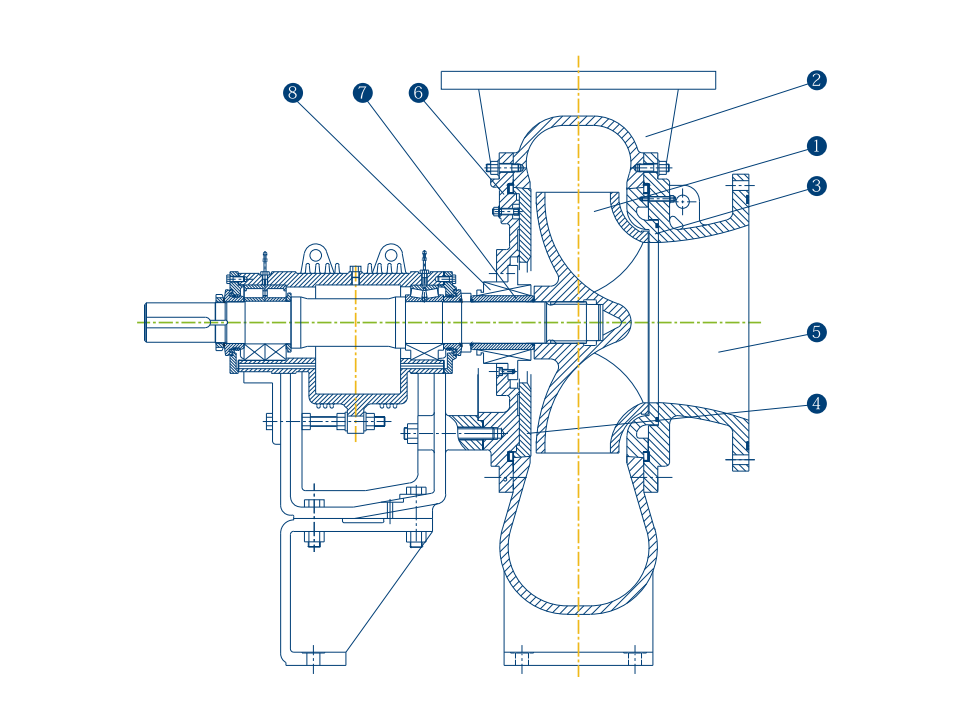Icelandic
- Afrikaans
- Albanian
- Amharic
- Arabic
- Armenian
- Azerbaijani
- Basque
- Belarusian
- Bengali
- Bosnian
- Bulgarian
- Catalan
- Cebuano
- Corsican
- Croatian
- Czech
- Danish
- Dutch
- English
- Esperanto
- Estonian
- Finnish
- French
- Frisian
- Galician
- Georgian
- German
- Greek
- Gujarati
- Haitian Creole
- hausa
- hawaiian
- Hebrew
- Hindi
- Miao
- Hungarian
- Icelandic
- igbo
- Indonesian
- irish
- Italian
- Japanese
- Javanese
- Kannada
- kazakh
- Khmer
- Rwandese
- Korean
- Kurdish
- Kyrgyz
- Lao
- Latin
- Latvian
- Lithuanian
- Luxembourgish
- Macedonian
- Malgashi
- Malay
- Malayalam
- Maltese
- Maori
- Marathi
- Mongolian
- Myanmar
- Nepali
- Norwegian
- Norwegian
- Occitan
- Pashto
- Persian
- Polish
- Portuguese
- Punjabi
- Romanian
- Russian
- Samoan
- Scottish Gaelic
- Serbian
- Sesotho
- Shona
- Sindhi
- Sinhala
- Slovak
- Slovenian
- Somali
- Spanish
- Sundanese
- Swahili
- Swedish
- Tagalog
- Tajik
- Tamil
- Tatar
- Telugu
- Thai
- Turkish
- Turkmen
- Ukrainian
- Urdu
- Uighur
- Uzbek
- Vietnamese
- Welsh
- Bantu
- Yiddish
- Yoruba
- Zulu
Telephone: +86 13120555503
Email: frank@cypump.com
okt . 13, 2024 02:40 Back to list
in line sewage pump
In-Line Sewage Pumps An Overview
In-line sewage pumps are an essential component in modern wastewater management systems, enabling the efficient transportation of sewage and wastewater from various sources to treatment facilities. These pumps are specifically designed to handle the harsh conditions of sewage systems, making them a vital asset for municipalities, industrial facilities, and residential complexes.
Design and Functionality
In-line sewage pumps are typically designed to be installed in a straight line, which allows them to seamlessly integrate into existing piping systems. This design minimizes installation complexity and space requirements, making them ideal for retrofitting in areas where space is at a premium.
The pumps operate by utilizing a motor to drive an impeller, which creates a flow of water, effectively pushing sewage through the piping system. One of the significant advantages of in-line sewage pumps is their ability to handle solids and debris present in wastewater, preventing clogs and ensuring a smooth flow. These pumps are equipped with features such as large inlet and outlet openings to accommodate solid particles, fats, and other waste materials that are commonly found in sewage.
Applications
in line sewage pump

In-line sewage pumps play a crucial role in various applications. In municipal systems, they are often used in wastewater treatment plants to transport sewage from collection points to treatment facilities. In industrial settings, these pumps are utilized for processes that require the removal of wastewater, such as food processing, textile manufacturing, and chemical production. Additionally, in residential settings, in-line sewage pumps can be found in basements or lower-level sewage systems, efficiently managing the wastewater produced by households.
Advantages
One of the primary advantages of in-line sewage pumps is their reliability. With durable construction designed to withstand corrosive environments and challenging operating conditions, these pumps can operate effectively for extended periods with minimal maintenance. Their energy-efficient designs also contribute to lower operational costs, making them an attractive choice for many applications.
Moreover, in-line sewage pumps are available in various capacities and models, allowing users to select the most appropriate pump for their specific needs. This versatility ensures that both small-scale and large-scale applications can benefit from the advantages of in-line pumping technology.
Conclusion
In-line sewage pumps are an indispensable element in the management of wastewater and sewage systems. Their robust design and efficient operation not only optimize the transportation of sewage but also contribute to the sustainability of wastewater management practices. As urbanization continues to rise and the demand for efficient waste management solutions grows, in-line sewage pumps will undoubtedly remain at the forefront of this critical industry, ensuring that our communities can manage their wastewater effectively and sustainably. In conclusion, investing in reliable in-line sewage pumps is essential for any organization looking to enhance their wastewater management capabilities.
-
High-Performance Air Pumps for Sand & Gravel | Efficient Transport
NewsAug.03,2025
-
ISG Series Vertical Pipeline Pump - Chi Yuan Pumps Co., LTD.|Energy Efficiency, Corrosion Resistance
NewsAug.03,2025
-
ISG Series Pipeline Pump - Chi Yuan Pumps | Energy Efficiency&Compact Design
NewsAug.03,2025
-
ISG Series Vertical Pipeline Pump - Chi Yuan Pumps Co., LTD.|High Efficiency, Low Noise, Durable
NewsAug.02,2025
-
ISG Series Vertical Pipeline Pump - Chi Yuan Pumps | High Efficiency, Low Noise
NewsAug.02,2025
-
ISG Series Vertical Pipeline Pump- Chi Yuan Pumps Co., LTD.|High Efficiency&Compact Design
NewsAug.02,2025










